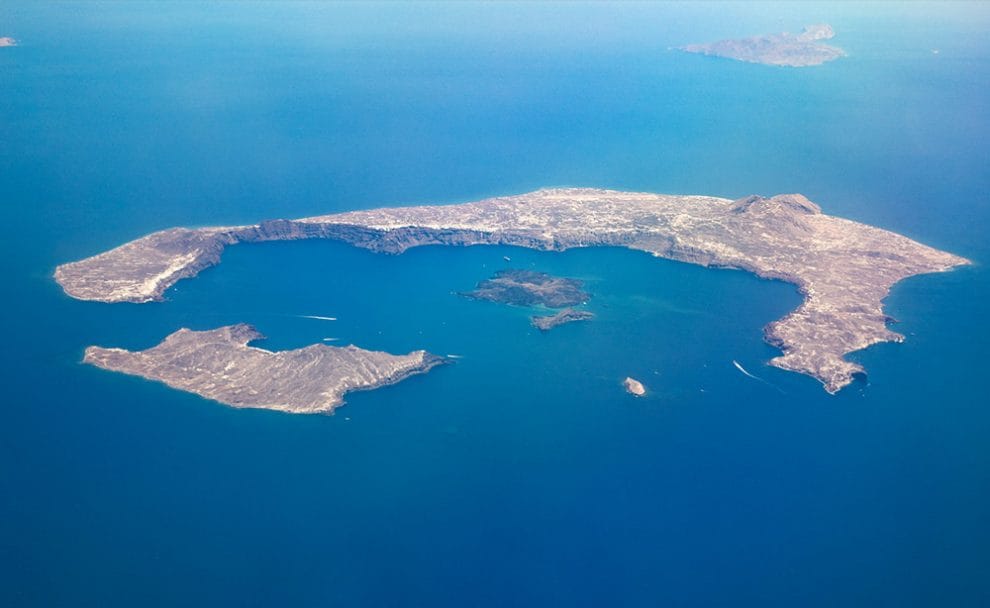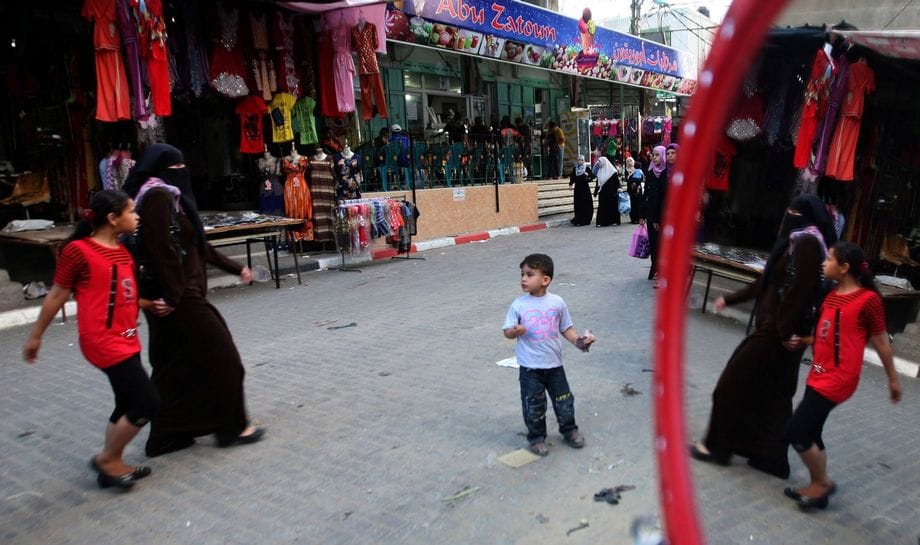Santorini, a famed Greek island recognized for its whitewashed buildings and gleaming blue domes, is grappling with a seismic crisis that has placed it in a rare state of emergency. After enduring days of tremors, the region experienced its strongest earthquake to date—a magnitude 5.2 force—on Wednesday evening, disrupting the lives of residents and bringing its bustling tourist economy to a halt.
The seismic activity began late last week, with hundreds of undersea tremors recorded. Though initially minor, the intensity of the quakes increased over time, culminating in the powerful one that shook the island this week. Seismic experts note that the vibrations originate from tectonic shifts in the Southern Aegean region, an area long considered geologically active due to the interplay of the African and Eurasian plates.
Impact on Residents and Visitors
The escalating seismic movements prompted authorities to issue evacuation notices to residents and tourists. Tens of thousands have abandoned the island in recent days, as officials raised safety alarms. Public infrastructure on the island has faced significant strains, with partial structural damages reported in local schools, business establishments, and homes.
Electricity outages and disruptions in essential services have exacerbated the situation. Non-residential areas such as markets and ports have been cordoned off to prevent large gatherings and reduce the risk of injuries from aftershocks. Emergency shelters have been set up on nearby islands and mainland Greece to accommodate evacuees.
Crisis Response by Authorities
The Greek government declared a state of emergency for Santorini in an official statement on Thursday, granting extraordinary powers and resources to local authorities. “The situation demands rigorous attention. All efforts are being made to ensure the safety of residents and visitors,” said a spokesperson from Greece’s Civil Protection Agency.
Under the directive, disaster relief units have been mobilized, and geological experts brought in to assess risks of potential tsunamis or volcanic disturbances. Boats and rescue vehicles have also been deployed to expedite evacuations for those stranded in isolated parts of the island.
The declaration of emergency will remain in effect until March 3, pending reevaluations of the island’s stability. Experts have warned that while a quake of a magnitude 5.2 is significant, there remains the possibility of larger and more devastating earthquakes.
Economic and Cultural Concerns
Santorini, often referred to as “Instagram Island,” serves as a cultural and economic lifeline for many Greeks who rely on tourism. Its charming cliffside villages, luxury resorts, and iconic beaches are major attractions, drawing millions of visitors annually. This seismic disturbance has completely rewritten the island’s current outlook.
Many businesses, including restaurants, hotels and tour operators, are reporting catastrophic losses as visitors cancel bookings en masse. Some staff have also been sent home, citing both lack of clientele and safety concerns. Amid questions of recovery, stakeholders in Greek tourism are appealing for government-backed relief initiatives to help cushion the island’s economic hit.
Historical and Future Implications
Santorini’s rocky history with seismic activity is tied to its volcanic geology, arguably the force behind its panoramic landscapes. Ancient eruptions not only sculpted its terrain, but also shaped its storied cultural identity. While every tremor raises concern, it also serves as a stark reminder of nature’s powerful role in the region’s long history.
The current series of quakes revives debates among geoscientists and policymakers over advancements in earthquake prediction and prevention systems for Greece, one of Europe’s most earthquake-prone nations. Many hope that lessons learned from this crisis will usher in improvements in building codes for seismic resilience and the development of more reliable prediction technologies.
Conclusion
As Santorini continues to weather tremors and assess its damages, uncertainty underscores the coming days. From ensuring residents’ safety to attending to the long-term recovery of its tourism-dependent economy, challenges lie ahead. Yet, amid the concern are hopes of restoration—a return to safety for locals and a renewal of its allure as a global destination.



